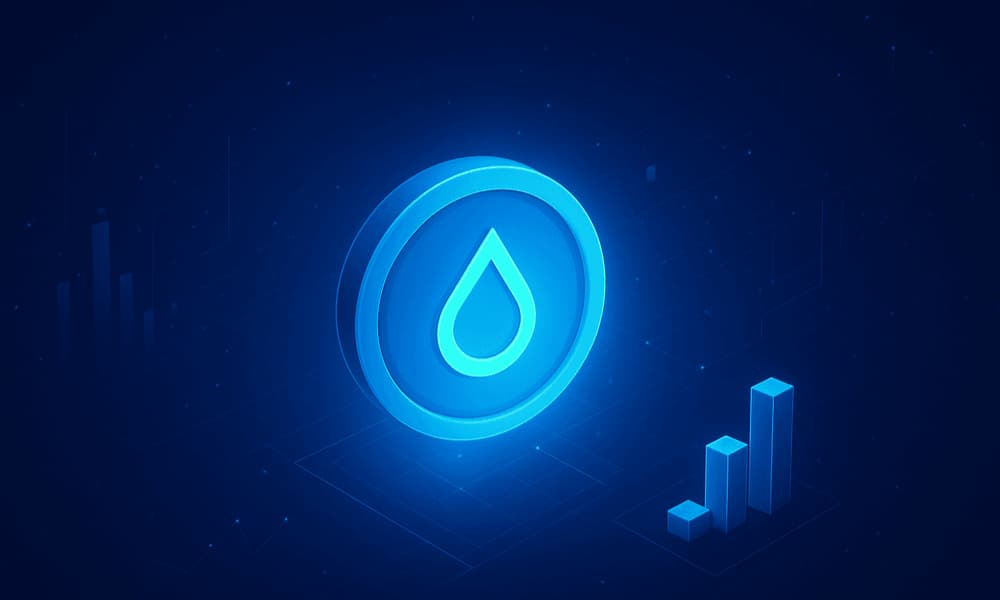5 Things You Need to Start Using Web3 Today
Curious about Web3 but don't know where to begin? We've got you covered. Learn about the five fundamental steps to start your journey, including what a crypto wallet is, why you need certain cryptocurrencies, and how to stay safe in this exciting new digital landscape.

5 Things You Need to Start Using Web3 Today
The world of Web3 is more than just a buzzword—it’s a rapidly growing ecosystem built on the principles of decentralization, digital ownership, and financial freedom. Whether you're interested in exploring NFTs, trading crypto, or diving into decentralized finance (DeFi), getting started is easier than you might think.
Here are the five essential things you’ll need to begin your journey into the world of Web3.
1. A Secure Crypto Wallet
Think of a crypto wallet as your passport to Web3. This is where you store your digital assets (like cryptocurrencies and NFTs) and how you interact with decentralized applications (dApps).
There are two main types of wallets:
- Hot Wallets: These are connected to the internet, making them convenient for frequent transactions. Popular examples include MetaMask, Phantom, and Sui Wallet.
- Cold Wallets: These are physical hardware devices that are kept offline, offering the highest level of security. Ledger and Trezor are well-known brands.
It’s smart to start with a hot wallet for ease of use, but remember to move your larger holdings to a cold wallet for maximum security.
2. Some Crypto to Get Started
Most dApps and decentralized platforms require a small amount of cryptocurrency to function. This is typically used to pay for gas fees, which cover the computational costs of processing a transaction on the blockchain.
The specific crypto you need depends on the blockchain you're using:
- Ethereum → ETH
- Solana → SOL
- Sui → SUI
- Polygon → MATIC
You can buy these cryptocurrencies from centralized exchanges like Binance, Coinbase, or Kraken, then transfer them to your personal wallet. Just be sure to always double-check the wallet address before sending funds, as blockchain transactions can’t be reversed.
3. Access to a dApp Browser
While your regular web browser can get you to a dApp’s website, you need a dApp-enabled browser or wallet extension to actually connect and interact with it. This connection is what allows you to sign transactions and use the platform’s features.
Some popular options include:
- MetaMask: A widely used browser extension and mobile app that doubles as a wallet.
- Brave Browser: A privacy-focused browser with a built-in crypto wallet.
- WalletConnect: A protocol that allows you to securely link your mobile wallet to dApps on your desktop browser.
To stay safe, it’s a good idea to bookmark the dApps you use often to avoid accidentally visiting fake phishing websites.
4. Basic Blockchain Knowledge
You don’t have to be a blockchain developer, but understanding the fundamentals will help you navigate Web3 with confidence. Spend some time learning about these key concepts:
- Public vs. private keys and how they secure your assets.
- Gas fees and why they're necessary for network operations.
- Smart contracts and their role in automating agreements.
- Different blockchains and their unique strengths.
You can find excellent free resources on sites like ethereum.org, learn.sui.io, or on YouTube to get started.
5. A Healthy Dose of Security Awareness
Web3 offers incredible opportunities, but it also has risks. Scams, phishing, and "rug pulls" are unfortunately common, which is why security should be your top priority.
Always follow these critical security habits:
- Never share your seed phrase or private keys with anyone.
- Verify all links before connecting your wallet to a new site.
- Enable multi-factor authentication (MFA) on your exchange accounts.
- Keep your wallet software and dApps updated to protect against vulnerabilities.
The most important rule? If something seems "too good to be true" in Web3, it probably is.
Final Thoughts
Getting started with Web3 doesn't have to be overwhelming. With a secure wallet, a little bit of crypto, a dApp browser, a basic understanding of how the technology works, and strong security habits, you'll be ready to explore everything the decentralized world has to offer.
Remember, this is a fast-moving space—stay curious, keep learning, and take it one step at a time. What are you most excited to explore in Web3?
Explore More

